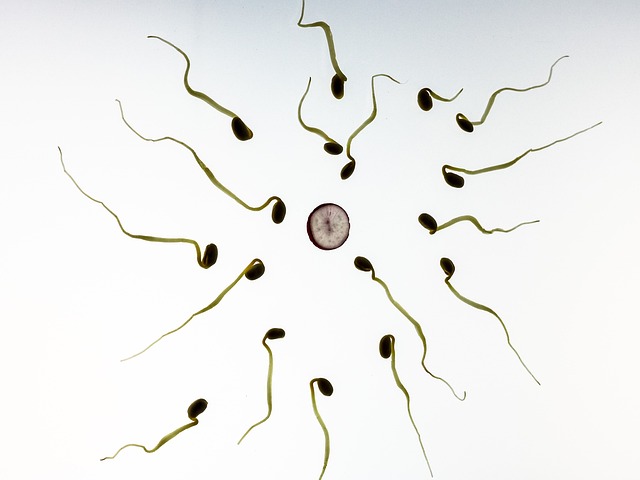What is azoospermia?
Azoospermia, a term commonly heard in the world of fertility, refers to a medical condition where sperm are absent in the ejaculate. This condition affects a significant number of men and can be a devastating blow for couples trying to conceive.
The absence of sperm may result from a blockage in the reproductive tract or a problem with sperm production, and it can lead to infertility. However, with advancements in assisted reproductive technologies, hope finds a way for couples who are facing this challenge.
How does azoospermia diagnosis work?
When your sperm sample undergoes a spin in a centrifuge and is examined under a powerful microscope on two separate occasions, there is no evidence of sperm. A centrifuge is a laboratory device that breaks up a test sample into its parts by spinning it at high speed. If sperm cells are present in centrifuged seminal fluid, they separate from the surrounding fluid and can be observed through a microscope.

Your healthcare provider will inquire about your medical history as part of the diagnosis, including the following:
• Your past fertility success or failure (the likelihood of having children).
• Diseases of Childhood
• Procedures or injuries to the pelvis (which may result in a blocked duct or reduced blood flow to the testicles).
• Infections of the reproductive or urinary systems.
• Experience with sexually transmitted diseases
• Chemotherapy or radiation exposure
• Any medications you’ve taken in the past.
• Any use of drugs, alcohol, or marijuana
• Recent fever or frequent sauna or steam bath use (heat kills sperm cells).
• A history of cystic fibrosis, learning disabilities, reproductive failure, or birth defects in the family
Additionally, your healthcare provider will carry out a physical examination and check the following:
• Your entire body, including the reproductive organs and signs of maturation or lack thereof.
• Your scrotum and penis, examining for the presence of your vas deferens, epididymis tenderness or swelling, testicular size, varicocele presence or absence, and any enlarged seminal vesicles indicating a blockage of the ejaculatory duct (through examination of the rectum).
Additionally, your doctor may order the following tests:
• Testosterone and follicle-stimulating hormone (FSH) levels are measured.
• Testing for genetics
• X-rays or ultrasounds of the reproductive organs to check for abnormalities in shape and size, tumors, blockages, or insufficient blood supply.
• Brain imaging to look for problems with the hypothalamus or pituitary gland.
• Testes biopsy (tissue sampling). A normal biopsy would indicate the possibility of a blockage in the sperm transport system at some point. Any sperm that is found in the testes may be frozen for future research or utilized in assisted reproduction.
Management and treatment
How is azoospermia treated?
The cause of azoospermia determines the treatment. Understanding and treating azoospermia often entails genetic counseling and testing. Some treatments include:
• If your azoospermia is caused by a blockage, surgery can unblock the tubes or reconstruct and connect tubes that have never developed.
• Hormone treatments may be administered to you if low hormone production is the primary cause. FSH, human chorionic gonadotropin (HCG), clomiphene, anastrazole, and letrozole are examples of hormones.
• If sperm production is low due to a varicocele, the problem veins can be tied off during surgery while the surrounding structures are preserved.
If living sperm are present, they can be retrieved from the testes, epididymis, or vas deferens for assisted pregnancy procedures like in vitro fertilization or intracytoplasmic sperm injection (the injection of one sperm into one egg). Sperm can be retrieved directly from the testicle with an extensive biopsy in some men. Before considering assisted fertilization, your healthcare provider may recommend a genetic analysis of your sperm if the cause of azoospermia is thought to be something that can be passed on to children.




